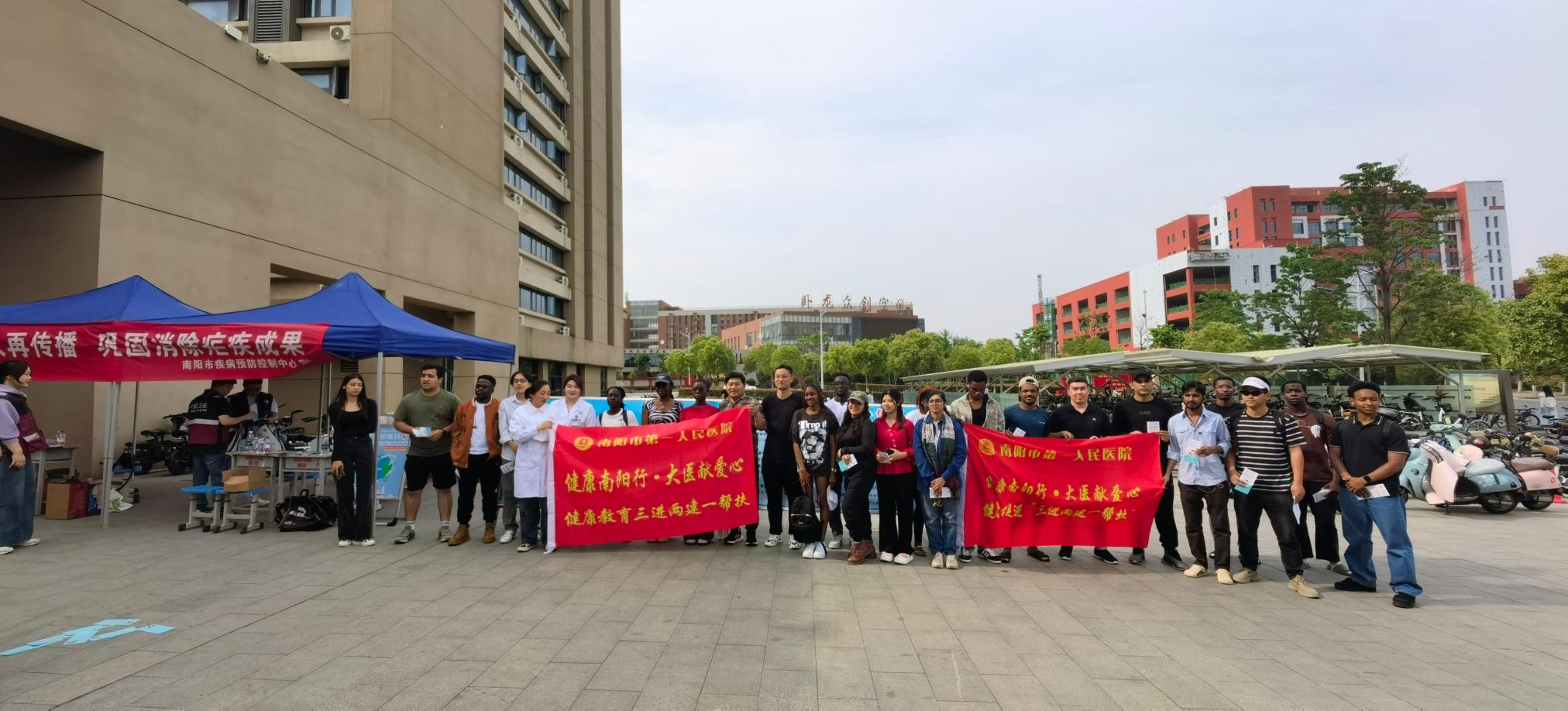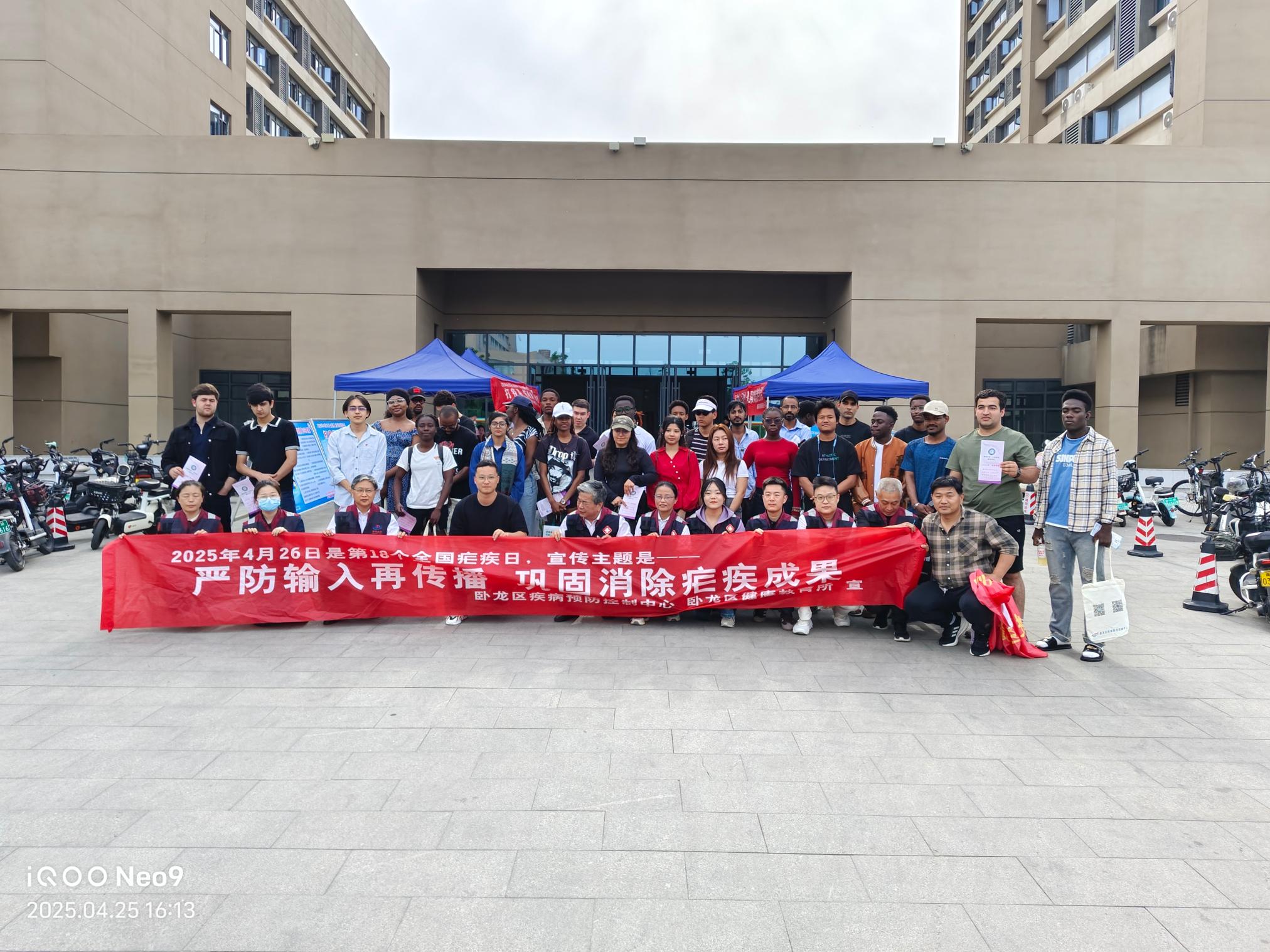(BY ONWUAMA UCHENNA ENYINNAYA/孟飞Malaria remains a significant global health challenge, particularly in tropical and subtropical regions. Efforts to prevent and control malaria have intensified in recent years, focusing on a combination of strategies that include vector control, vaccination, and public awareness campaigns.

One of the primary methods of malaria prevention is the use of insecticide-treated bed nets (ITNs). These nets provide a physical barrier against mosquitoes, which are the primary vectors for the disease. Studies have shown that widespread distribution and use of ITNs can significantly reduce malaria transmission. Additionally, indoor residual spraying (IRS) with long-lasting insecticides has proven effective in reducing mosquito populations in homes. Countries that have implemented these strategies have seen a marked decline in malaria cases.
The development of a malaria vaccine has been a significant breakthrough in the fight against the disease. The RTS,S/AS01 vaccine, known as Mosquirix, has shown promise in clinical trials, providing partial protection against malaria in young children. While it is not a complete solution, the vaccine represents an important addition to existing prevention strategies. Continued research and development of new vaccines are crucial to achieving long-term control of malaria.
Public awareness and education are also vital components of malaria prevention. Health organizations are working to inform communities about the symptoms of malaria, the importance of seeking treatment, and preventive measures. By empowering individuals with knowledge, communities can take proactive steps to reduce their risk of infection. This includes promoting the use of ITNs, encouraging timely medical attention for suspected malaria cases, and fostering community engagement in vector control efforts.

International collaboration plays a crucial role in malaria control. Organizations such as the World Health Organization (WHO) and various non-governmental organizations (NGOs) are working together to provide resources and support to affected countries. Funding for malaria programs is essential, as many regions still lack the necessary tools and infrastructure to combat the disease effectively.
Despite significant progress, challenges remain in the fight against malaria. Resistance to insecticides and antimalarial drugs poses a threat to control efforts. Additionally, climate change and urbanization can alter mosquito habitats, potentially increasing transmission rates. Therefore, ongoing research, innovation, and commitment to malaria prevention and control are essential to achieving a malaria-free future.
In conclusion, a multifaceted approach that includes vector control, vaccination, public education, and international cooperation is crucial for malaria prevention and control. Continued efforts are necessary to ensure that progress is made in reducing the burden of this disease worldwide.